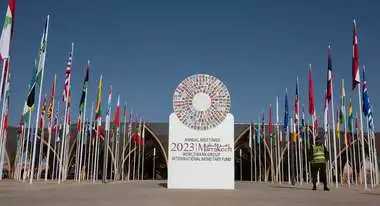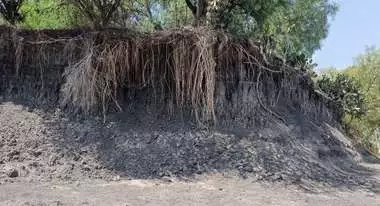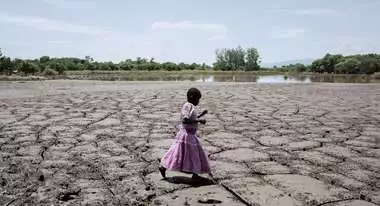Integrating Gender Perspectives to Prevent or Reduce Climate Crisis Impacts
Women are the most vulnerable, the first to limit themselves, and the most flexible in implementing solutions. Five promising approaches to elevating their role.
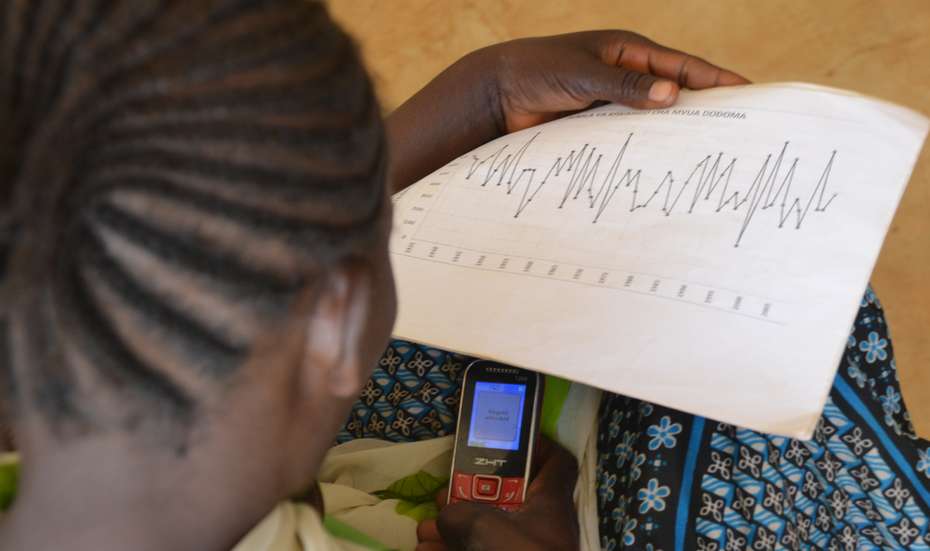
We cannot overcome the multiple crises facing our world, including the climate crisis, the lingering impacts of the COVID-19 pandemic, and the ongoing food and energy price crisis linked to the war on Ukraine, without integrating a gender perspective into resilience interventions, particularly in the agri-food sector where women have particular roles.
However, to date, most climate change policies, investments, and interventions remain gender-blind. As a result, they might exacerbate gender inequalities in food systems by, for instance, increasing women’s labor burden and time poverty, reducing their access to and control over income and assets, and reducing their decision-making power.
Why gender-blind approaches reduce resilience
Societal roles and expectations often place women and men in different positions of vulnerability; and women frequently face systemic discrimination, limited access to resources, and unequal participation in decision-making processes. These structural inequalities exacerbate their susceptibility to the negative impacts of crises.
Women, for instance, are primarily responsible for securing water, food, and fuel for their households. When a crisis hits, such as a severe drought, women's roles as primary caregivers become even more demanding. They must find alternative sources of water, manage food scarcity, and adapt to changing circumstances. Considering who bears the brunt of these responsibilities and how they can be supported becomes crucial in building resilience.
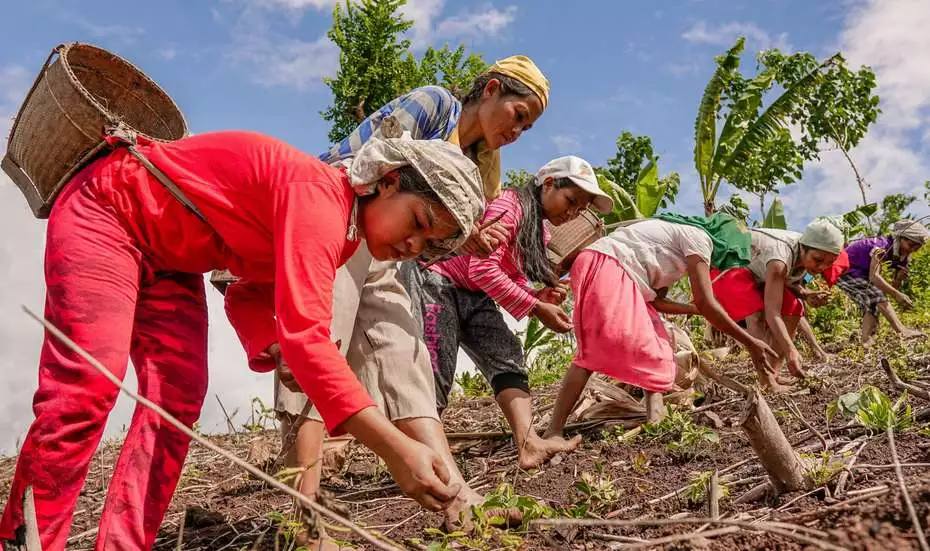
Coping responses to crises, such as drawing down assets, keeping girls home from school, early marriage, and reducing consumption, often have long-term, and even intergenerational, negative welfare implications for women and girls and their families. It is therefore imperative to integrate a gender perspective in household, community and policy responses to crises.
Understanding which populations are more vulnerable to specific climate shocks is also essential for mitigating potential harm, particularly among the most vulnerable social groups, which often include women. Ensuring that both men and women possess the capacity to respond to shocks and stressors is also essential for enhancing the effectiveness of interventions. Effective crisis responses in the agri-food sector have broader implications for achieving food security, improving health outcomes, and improving nutrition.
• Worldwide, 43% of agricultural workers are women.
• If women farmers had the same access to productive resources as men, 100-150 million people would be lifted out of hunger, which would also make them more resilient to the climate crisis.
• Although 164 countries recognize women‘s right to own and use land, these rights are accessible in only 52 of these countries.
• As little as 8% of overseas aid goes to projects focused primarily on gender equality.
• Only 1.7 percent of all climate finance reaches small-scale producers in developing countries.
Source: IFAD
Women are innovators and agents of change
Research has demonstrated that women are not only vulnerable victims of climate change but also important agents of change. Women often adopt practices that have broader implications for climate resilience. For instance, women often manage small ruminants or dairy cows, that allow families to diversify incomes in times of crisis. Women are also more likely to engage in crop and livelihood diversification, and practice innovative food storage and processing techniques that can smoothen shocks. Women also often participate in informal seed systems through social networks, that can enhance adaptive capacity.
Finally, women's empowerment also makes economic sense. Empowerment can help reduce the negative welfare implications of short-term coping responses. Research has shown that gender-responsive climate smart practices and technologies can lead to changes in labor allocation, control over income and assets, and livelihood choices that can have community wide positive spillovers.
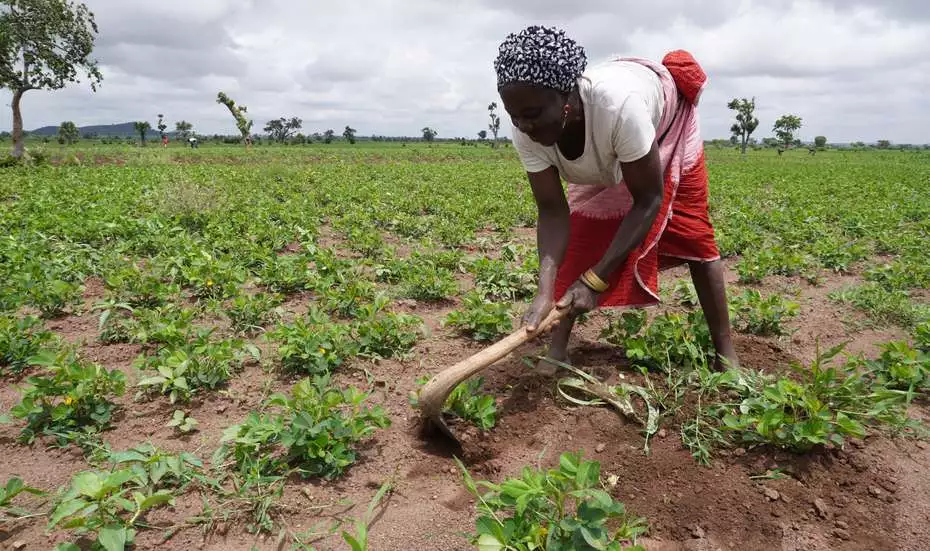
However, some climate responses, such as conservation agriculture or the commercialization of production, can inadvertently increase women's workloads or limit their participation in value chains. Women often face challenges in accessing credit that would facilitate in high-value crop production, or off farm food value chain participation. Commercial agriculture production is predicated on access to mechanization and energy, which women systematically lack access to and which might replace their incomes. Thus, interventions must be carefully designed to address these nuances.
What works to improve equitable outcomes?
There is growing evidence on the most effective approaches to reduce gender inequalities through climate change actions, and some promising practices and approaches are beginning to emerge.
-
Gender-Responsive Social Protection Programs: Social protection programs like food and cash transfers, public works, and school feeding programs can increase economic opportunities for women, increase assets and savings, and reduce the need for maladaptive coping strategies when crises and shocks occur. Design features like adding environmental conditions could support broader environmental goals—an example of one such program is Bolsa Verde in Brazil (2011-2018), which simultaneously improved the lives of poor rural people and reduced deforestation. Social protection programs, especially when delivered directly to women, have been shown to have downstream benefits on reducing intimate partner violence, improving outcomes for girls and improving nutrition.
-
Collective Climate Action Through Women's Groups: Women's groups have been shown to increase women's access to services, including information and credit, and they provide an important platform for women's collective agency. Several countries in South Asia and sub-Saharan Africa have a rich history of strong women's group-led collective action and organization that can be leveraged to deliver climate resilience programs and intervention. The body of evidence on increased resilience through women’s groups is growing, including for greater civic engagement in India and Kenya, improved disaster preparedness in Bangladesh, and better crop diversification in Nepal.
-
Gender-Sensitive Climate Information Dissemination: Ensuring that climate information reaches women farmers is crucial. A study across four countries in Sub-Saharan Africa showed that when extension services reach women farmers, agricultural performance improves, and the negative impact of weather variability and climate shocks on agricultural income is reduced. Innovative extension approaches, including video-based messages, hold promise but also require addressing the global gender digital gap in mobile phone ownership and internet access.
-
Gender-Responsive Climate Finance and Policy: Research has explored how to make climate finance more gender-responsive and better integrate gender into climate policies and investments. However, issues of gender have remained largely absent from the frontline of global climate finance conversation such as the case of carbon credits, carbon and biodiversity offsets, and the absence of concrete gender allocations in the recently announced loss and damage fund. There is also a lack of women’s voice and agency in policy processes, and in the absence of strong state action, the private sector is even more likely to ignore gender and equity concerns.
-
Challenging Harmful Gender Norms: To address the root causes of gender inequalities, it is also essential to challenge harmful gender norms. This requires raising critical consciousness, shifting harmful attitudes, working with respected local leaders, women’s groups, and engaging men as partners in promoting gender equality.
Building effective information and agri-food extension systems
In times of crisis, such as the ones we face today, the demand for reliable and inclusive extension and information systems becomes paramount. Information and Communication Technology (ICT)-based interventions have emerged as a cost-effective means to deliver crucial information remotely. However, it's important to acknowledge existing disparities, including unequal access to phones and the internet and variations in literacy, phone and computer ownership, and usage levels among different populations.
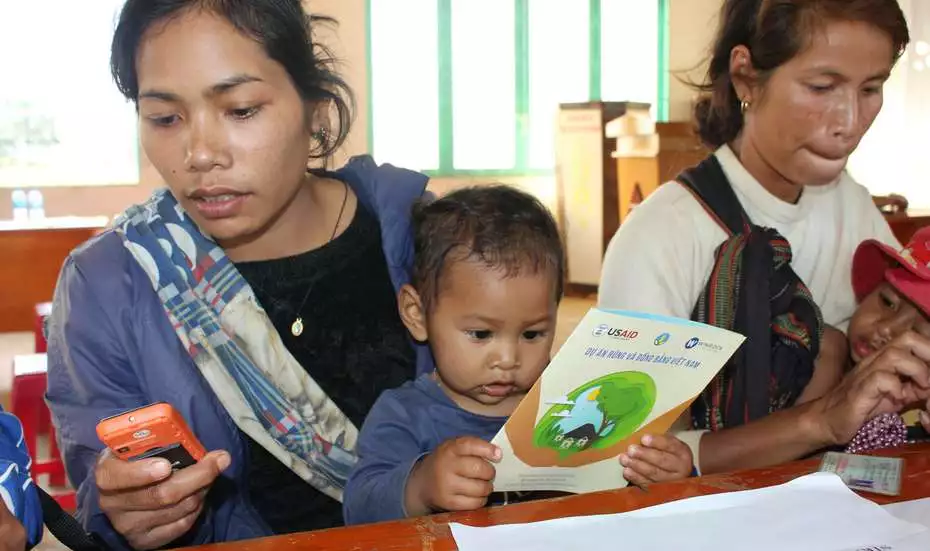
Recent evidence from India, for example, has highlighted how disadvantaged caste groups are much less likely to have access to computers and phones.
To address these challenges and ensure inclusive outreach, strategies like establishing farmer field schools specifically targeting women, have proven effective. Engaging female extension workers can help bridge the gender gap and provide tailored support to women farmers. Group-based extension approaches have also demonstrated success in disseminating information and knowledge.
Organizations like SEWA, PRADAN, and FECOFUN have developed and tested successful models that can be adapted and applied in agriculture. Particularly promising is the use of community frontline workers as nodes of information and service delivery in rural areas. This model has already been used with considerable success in the health sector, and recent evidence shows promise in applying these methods to the agriculture and livestock sectors. Crucial to the success of these initiatives are comprehensive training programs and adequate compensation for community frontline workers who play a pivotal role in delivering information and support to vulnerable populations.
Towards impact and lasting solutions
We outline some key action points aimed to foster meaningful and enduring gender-equitable climate solutions. Firstly, integrating gender into research and development processes is crucial, as women often have distinct needs and preferences regarding climate innovations. Designing extension and climate information services tailored to both men and women farmers can bridge gaps in awareness and adoption of climate-smart practices. Closing the gender digital divide is essential, especially in regions like sub-Saharan Africa and South Asia, where limited access to mobile internet hampers women’s access to crucial information. Tailoring financial services to women, expanding their access to resources, and directing climate investment funds to women’s grassroots organizations can enhance women's resilience and empowerment. Additionally, striving for gender equality in food systems and dedicating funding for monitoring gender responsiveness are pivotal steps. Meaningful participation of women in decision-making processes, combined with data-driven insights, can create equitable and effective climate actions, ensuring that policies lead to tangible improvements in the lives of women and girls, particularly in climate-agriculture-gender inequality hotspots. It is never too late to engage on gender integration!



